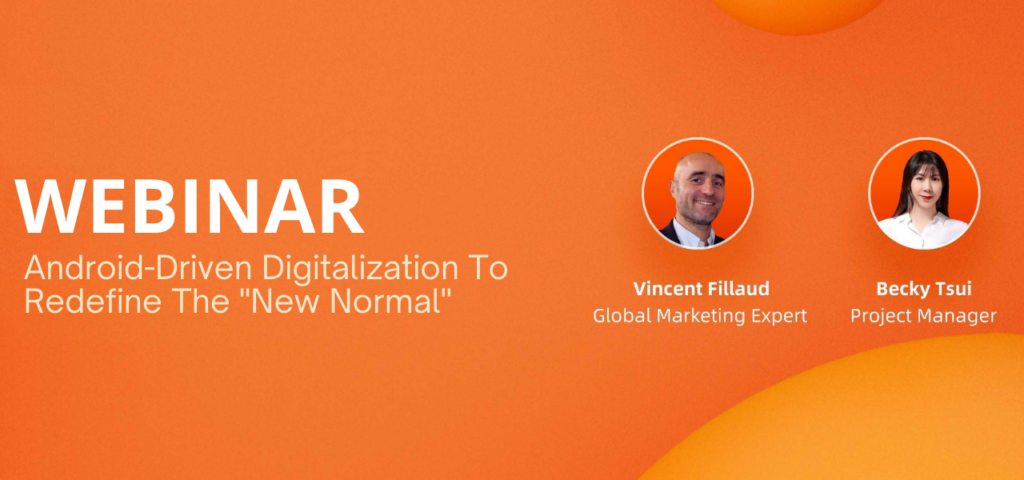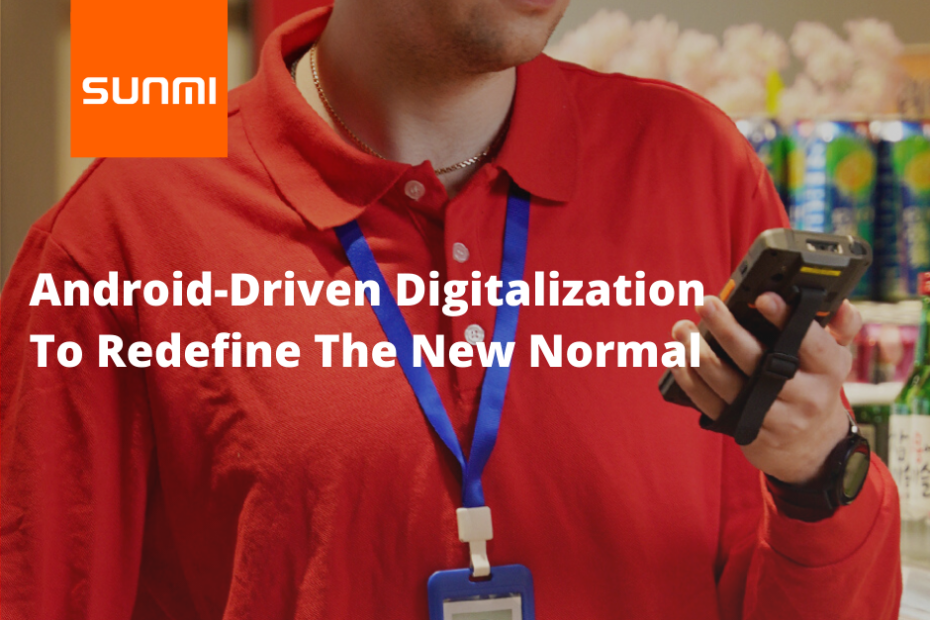
Access the full webinar replay
Global context & Business environment
Global economy recovery is a challenge. There will be damages but IMF or EU predict return to high pace growth in 2022. Unlike 2008 financial crisis, all financial and production infrastructures remain mostly unharmed and ready to re-start.
We expect the crisis to accelerate weak businesses’ closure, but also new openings, and a reshuffle of market share depending on adaptation capacity to new practices (particularly for SME).
Pandemics created major supply chain issues which will probably continue (or even amplify) with global recovery. Securing fulfilment, managing stocks and logistics becomes even more meaningful for any business.
After 40 years of globalization and push back on regulatory constraints, we are entering in a new era where health, safety and environmental concerns set the conditions of reinforcement of regulations, mainly local.
Public debt exploded, although long term impact is difficult to predict on long term economy, at fiscal, monetary or credit level, but governments have protected actors and infrastructures, so that the economic engine can re-start at full speed. But will it run exactly the same as before? We expect some evolution both in consumer behavior and businesses practices which we will details next. Everyone had to adapt, and some changes will stay for good.
Consumers: will the old habits return or die?
It is a truism to say that pandemics forced consumers to new way of consuming (pick-and-collect, online ordering, food delivery), some of them they may prefer in the future. Obvious, but not simple to do: the path to recovery for most businesses is to enhance their physical experience, or, better, complement in a consistent way their digital and physical offer.
On the top of the consumption experience, new concerns were created by pandemics: consumer became highly sensitive to contamination risks, social distancing and health in general. Also, their environmental involvement was increased and relation local Vs global modified. This is likely to influence greatly how and what they consume.
Finally, massive shift to home office, changes in personal life organization, will also impact consumer behaviour towards a deeper merge of home and work life, creating the opportunity of anytime anywhere including in the working hours.
Merchants, businesses: adapt or miss an opportunity?
Despite government actions, retail, restaurant and mobile services have been strongly hit by the pandemics. Unsurprisingly, the ones who absorbed the impact the best were the quicker to adapt, because they were already digitized or made a fast move to respond to the massive and brutal shift to on-line demand fulfilling.
Innovation and quick adaptation has been the key to survive and prepare recovery. All merchants and restaurants will have to make changes to adapt their environment to new consumer practices and new operating processes. For example, they will need:
- Dedicated space for pick-up and click-and-collect cases
- Omnichannel payment solutions
- QR code ordering and on-line/in-app menus
- Balance kitchen management between dine-in and on-line orders
All those changes will allow businesses to increase their top line, but also to gain in productivity. On top of that merchants and business face new challenges. They need to protect employees and customers, to secure their supply, to get digital presence, to consolidate their multichannel reach and to enhance customer experience to meet and complement on-line expectations.
How can they do that? The answer is as simple and complex as one word: digitization.
Digitization is all about permanent on-line, consumer smartphone at the core, application based, Service as a Software, Software as Service, real time, multiple communication channels and access points. This where Sunmi and partners can help, thanks to Android ecosystem.
Android: the appropriate platform for business digitization
Android was created for smartphones and tablets, and architectured to allow the largest variety of applications to run on the platform. Android became quickly vastly dominant in the smartphone industry and the development community grew. Some handheld professional computers started to move from Windows Mobile to Android, and this move is now complete for that type of product.
As the power of Android platforms was increasing, some smart professional devices manufacturers, mainly in China, sized the opportunity to use Android beyond consumer smartphones and tablets, as a platform to power business solutions, and had a head start several years ago.
With Windows requiring expensive hardware platforms to run, in addition to license cost, and iOS, popular with developers, but tied to Apple environment with limited hardware options, Android has become the opportunity for innovators to create new solutions.
Cloud based applications and optimized OS without heavy legacy also changed the game in the SW solutions’ architecture, where ARM based platforms used for Android or iOS could match the requirements of x86 PC platforms.
Android DNA, what makes it so attractive for businesses
1 – Android is open, simple and stable
Unlike iOS or Windows, Android is open source, and its architecture allows more user customization, while keeping compatibility with standard Android applications. Manufacturers can then add value on Android OS, with specific value adding code, without impacting ability of developers to leverage the entire power on the platform. This is what Sunmi does with Sunmi OS.
Android SDK became extremely popular among developers because of its simplicity. Actually, this OS has been architected and built exactly for that, as Google understood that Android success depended on the number and quality of applications running on it.
Finally, Android is extremely stable. As billions of products are built (means validated by quality teams) and millions of developers work on it, it is heavily tested and validated with all types of implementations. This allows to identify and correct quickly any bug which may arise.
2 – Android is made for Mobile and online
Android was created for mobile usage (means lightweight, low power consumption, wireless connectivity) and online applications, while being able to support still complex applications like multimedia.
As a result, Android is by nature optimized in all senses, and made to be in permanent connection with distant servers. In a cloud computing world, this is important!
3 – Android is powerful and affordable
There is far more computing power in your smartphone than the entire capacity of NASA when sending man on the moon. OK, but applications used on smartphones like multimedia or android tablets for gaming are extremely power hungry. And we don’t necessarily need the latest high-end CPU to benefit from sufficient capacity to run complex applications. This may not be intuitive, but a POS solution may require less computing power than Candy Crush.
As Android platforms are made for extremely competitive smartphone and IOT markets, they are cost optimized which make android based products more affordable than any competing platform.
4 – Android is diverse
Android is powerful and affordable enough to be used with a lot of types of devices for business, from mobile to check out, and even set to kiosks. Drivers for multiple peripherals of all sizes and from all manufacturers make the possibilities endless to create your own device.
5 – Android Ecosystem
AndrAndroid was designed from the start as an ecosystem focused on the consumer experience and applications. This meant bringing the tools to create and distribute applications so that they can run on any Android devices, focusing on development environment and Appstore.
What is the future of Android for Business?
Development community for business application is growing. Innovators are quickly gaining ground, while traditional players all consider Android as an alternative for the future.
Mobile devices have already completed the transition. Next will be payment and checkout.
And Sunmi will be here to help!

